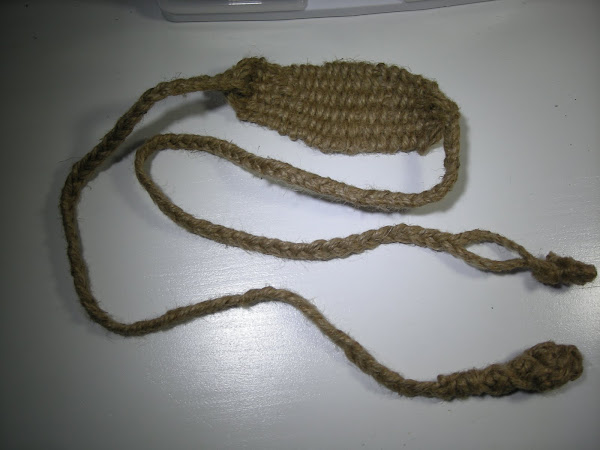FORGE SET-UP
I made this brief slideshow to show how easy it is to set up a working forge. Just wish I was capable of showing how easy it is to USE it. I was pretty lucky in finding the stuff I needed to do all this. I went to an auction and bid on a lot of blacksmithing gear but got outbid. The winner of the bid gave me, free-of-charge, two broken forge blowers. I was able to fix both of them easily. I bought a metal gas can for an outboard motor for $1 at a garage sale and I paid 30 cents/lbs ($42) for a 4x4x32 inch piece of steel that I used as a post for my anvil. I also had to buy a plumbing cap for the tweer pipe. The total purchases for the forge and anvil was $44.50 and a few welding rods. I scrounged everything else from my scrap pile.
I cut the top off of the gas can and used it for the forge body. After drilling a 1-1/2 inch hole in each end I mounted a tweer pipe with 1/4 inch holes on one inch centers and packed it with a clay/sand mixture. I took the mounting bracket off of a TV satellite dish and used it to mount the blower to the forge. The holes on the blower and connecting pipe were different sizes and unthreaded. I cut the tapered tube (that the wooden handle goes into) off of a broken shovel. The tapered tube worked perfectly. Again, "It is better to be lucky than good." I bolted all this together and mounted the whole thing on a piece of 3/4 inch plywood.
The anvil base is a brake drum off of an old Frieghtliner. I put it wide side down and welded a piece of angle iron on each side of the bottom and bolted them to a piece of plywood to stablize the base. I thought the 32 inch tall stake might make it top heavy. Then I welded together large angle iron and strap to form a long square tube that would just slide over the four inch square stake. This square tube was inverted vertically in the center of the brake drum. Two pieces of angle iron were layed horizontally across the brake drum so that they touched the tube on each side and then welded to the brake drum on the ends and to the tube in the center. I also welded a piece on the inside of the brake drum to both drum and tube to give it strength. It was easy to then slide the stake into the frame. A small piece of angle iron was then wedged between stake and tube to firm up the standing stake. I had intended to pour cement in the brake drum to add mass and give stability. It was unnecessary.
I had everything else needed to set up shop.

That's awesome, John. A little luck and ingenuity and you have a fine setup!
ReplyDeleteThanks Todd. Sorry I am new to this and I didn't realize you had left a comment. I was a farm kid and my dad was a farmer/mechanic/welder so there was a lot of making do with what you have and making something from nothing.I think that is why I enjoy this so much. I really have been lucky to find all the things I needed.
ReplyDelete